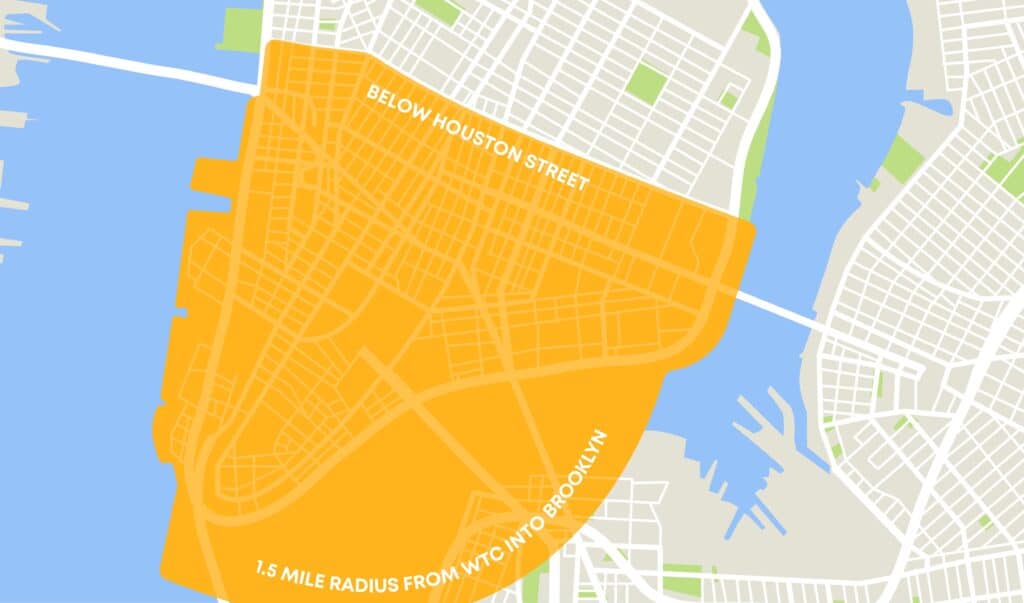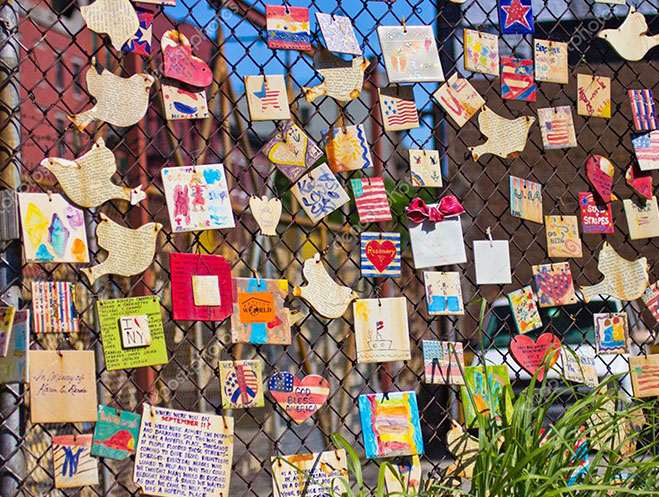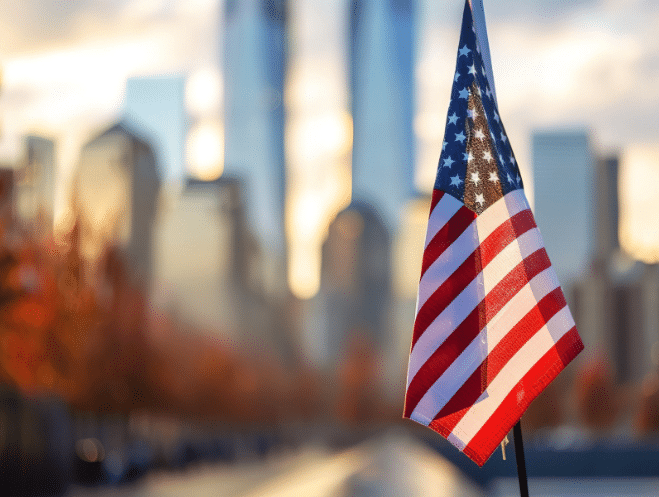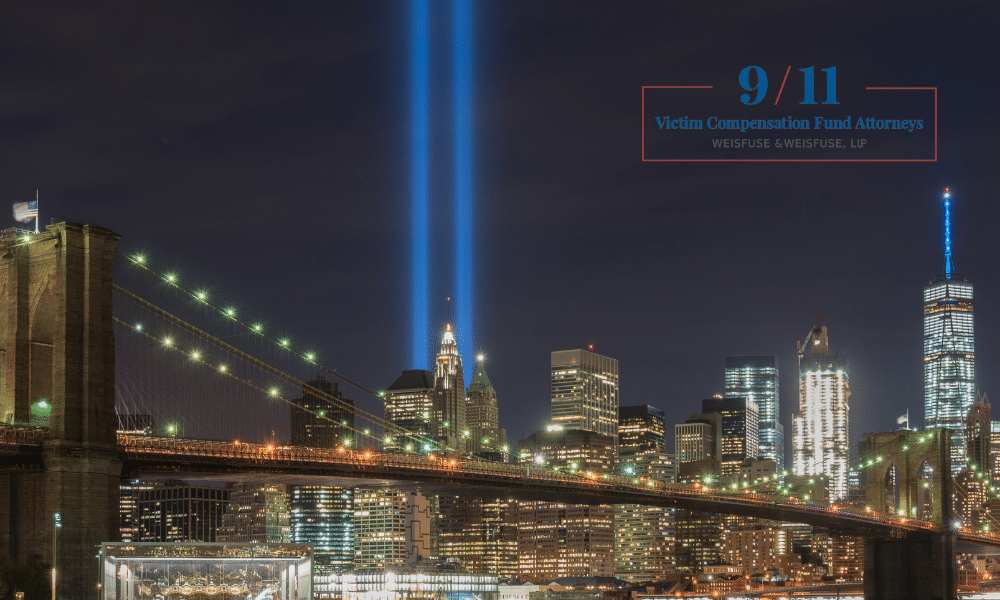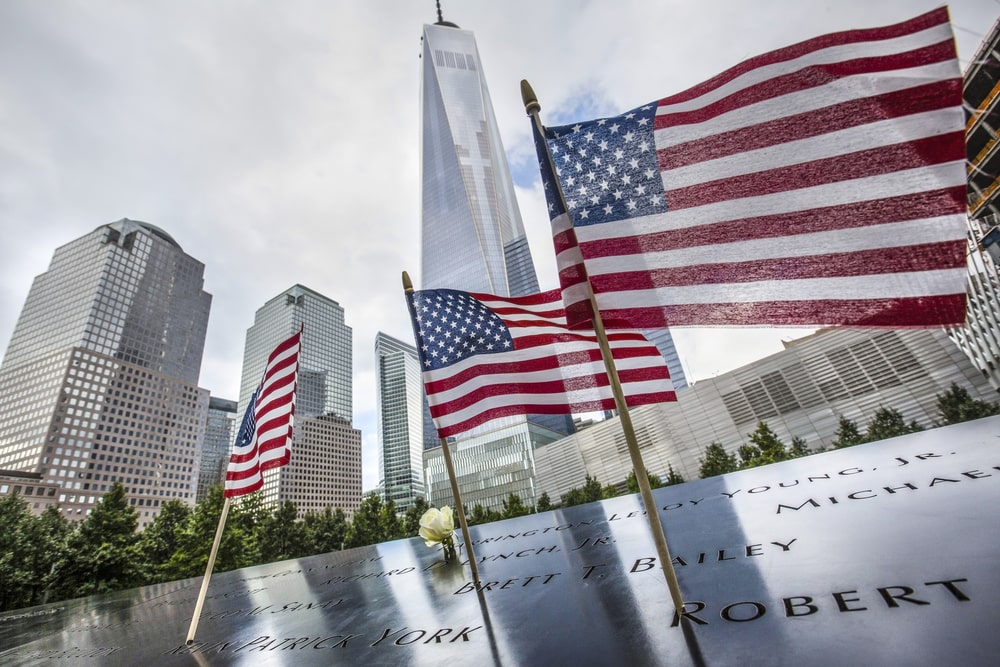
When the north and south towers of the WTC fell on 9/11, up to half a million people were exposed to pulverized asbestos and other hazardous materials across lower Manhattan.
This included local workers, residents, first responders and tens of thousands of other workers who risked their health and their lives to help rescue victims and clean up the area.
We now know that the hundreds of thousands of tons of World Trade Center debris and dust contained a total of around 2,000 tons of asbestos that was released into the air. This has contributed to significant health problems for many survivors and helpers who were in the area in the aftermath of the attacks.
In the years that have followed, countless victims have claimed compensation for the resulting injuries and health issues. Here we take a closer look at the use of asbestos in the WTC, the types of health problems associated with it and what victims can do to claim what they are rightfully due.
Why was asbestos used in the WTC?
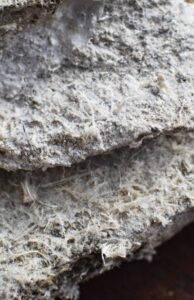
It wasn’t until 1989 that the manufacture, import, processing, and distribution of some types of asbestos was officially banned by the EPA.
The World Trade Center was constructed in the late 1960s and early 1970s. Asbestos was used quite extensively in its construction — sprayed on steel beams as fireproofing on the first 40 floors of the north tower of the WTC, for instance. However, as new restrictions became more likely in the latter phases of construction, the use of asbestos was curtailed.
What are the main health effects of exposure to 9/11 asbestos?
Most people associate asbestos exposure with an elevated risk of cancer. But that was not the only threat posed by asbestos and other hazardous materials from the WTC.
Survivors in the immediate aftermath spoke of breathing difficulties and later of lasting, debilitating respiratory effects, as well as nerve damage, gastrointestinal issues, and other conditions.
The World Trade Center Health Registry has tracked the health effects of exposure to 9/11 dust since 2003/4.
The Registry has carefully monitored the following health conditions:
- Respiratory diseases (chronic obstructive pulmonary disease, rhinosinusitis, asthma, and bronchitis)
- Gastrointestinal conditions
- Various cancers
- Sleep apnea
- Psychological conditions (post-traumatic stress disorder, anxiety, and depression)
- Musculoskeletal disorders
Of the people who registered with the WTC Health Registry, the following was reported in the last survey conducted in 2016:
- Over 350 people had been diagnosed with asbestosis
- Over 440 people had been diagnosed with pulmonary fibrosis
- At least 16 percent were diagnosed with cancer
- Approximately 35 percent sought medical care for shortness of breath
- Nearly 70 percent of recovery personnel suffered lung problems, including World Trade Center cough syndrome
An increase in cancer rates
Of great concern was an alarming rise in cancers in those exposed to pulverized asbestos and other hazardous materials on 9/11 and afterwards.
Some of the most common cancers suffered are:
- Prostate cancer
- Breast cancer
- Thyroid cancer
- Lung cancer
- Kidney cancer
- Colon cancer
- Skin cancers
- Lymphoma
- Leukemia
Mesothelioma is another cancer that has been in the spotlight since 9/11. This cancer is known to be caused by inhaled asbestos fibers but because can take decades for the symptoms to show, we still do not know the extent of the issue.
Typical symptoms are shortness of breath, wheezing and persistent cough, which are also symptoms of several other conditions.
What we do know is that even young people who were exposed to 9/11 dust are presenting with cancer symptoms and that by 2021, nearly 24,000 people had been diagnosed with 9/11-related cancer.
Who is most at risk of the adverse health effects of asbestos?
Asbestos exposure can cause health problems for anyone regardless of age or condition.
People within a 1.5-mile radius of the World Trade Center were at risk of exposure to asbestos, lead, mercury, benzene, and other carcinogens for up to eight months after the attacks.
This included first responders (including firefighters), police officers, search and rescue workers, cleanup workers, occupants of nearby buildings and ordinary residents in the area.
The World Trade Center Health Registry estimates the following numbers of people were affected by 9/11 dust:
- 360,000 building occupants and others in the area
- 91,000 rescue/recovery workers and volunteers
- 57,00 residents south of Canal Street
- 15,000 children and staff in schools south of Canal Street
A study of firefighters exposed to World Trade Center dust indicated that they were 19 percent more likely to develop cancer than the average American.
Compensation for first responders and 9/11 survivors
In 2001, the September 11th Victim Compensation Fund (VCF) was set up by the U.S. Federal Government. This was further bolstered by the James Zadroga 9/11 Health and Compensation Act of 2011, which provided medical care and monitoring for people with health conditions related to 9/11.
Around $10 billion in funds was made available for the healthcare of first responders, cleanup workers, New York City residents and others who were exposed to 9/11 dust between 9/11/2001 and 5/30/2002.
In the years since then, more than 19,000 responders and survivors have received compensation from the fund.
The fund was reauthorized by Congress in 2015 in an attempt to secure lifetime healthcare for qualified claimants who developed asbestos-related illnesses long after 9/11. Despite running into financial issues, it has since been permanently reauthorized and extended until 2092.
How can you claim compensation?
Proving a link between some cancers and 9/11 dust can be extremely challenging — not least because of the delayed onset of symptoms in many cases.
However, victims who have suffered serious health conditions that may have been related to 9/11 dust and the asbestos it contained, have already successfully filed lawsuits to seek compensation.
For instance, in 2010, more than 10,000 rescue and recovery workers obtained a $713 million court settlement from WTC Captive Insurance Co. Inc. The Port Authority of New York and New Jersey also successfully filed a lawsuit.
As more evidence becomes known about the adverse effects of 9/11 dust and the asbestos it contained, more lawsuits are likely to be filed.
Maximize your compensation for 9/11-related conditions
The skilled September 11th Victim Compensation Fund compensation attorneys at Weisfuse & Weisfuse, LLP have successfully helped clients get the best possible awards for multiple 9/11-related conditions including asbestos exposure.
To discuss your situation and learn more about how we may be able to help you, please call us at 332-239-2238 or contact us online to schedule a free consultation.

About Jason Weisfuse –
9/11 Victim Compensation Fund Attorney
About Jason Weisfuse –
9/11 Victim Compensation Fund Attorney
Jason E. Weisfuse is a seasoned 9/11 cancer attorney and managing partner at Weisfuse & Weisfuse, LLP, a New York City-based law firm dedicated to representing individuals affected by the September 11th attacks. Since the establishment of the September 11th Victim Compensation Fund (VCF), Jason has been instrumental in assisting first responders, survivors, and families in securing the compensation and medical benefits they deserve.
With a Juris Doctor from New York Law School (2009), Jason brings extensive experience regarding the 9/11 Victim Compensation Fund to his practice. His deep understanding of the VCF and the World Trade Center Health Program (WTCHP) has enabled him to navigate complex claims processes effectively, resulting in substantial awards for his clients.
Jason’s commitment to the victims in the 9/11 community is evident through his active involvement in professional organizations such as the New York State Trial Lawyers Association and the American Association for Justice. He has also contributed to legal discourse with publications in the New York Law Journal, reflecting his dedication to legal excellence and advocacy.
At Weisfuse & Weisfuse, LLP, Jason continues to provide compassionate and knowledgeable representation, ensuring that those affected by 9/11 receive the support and compensation they are entitled to.


